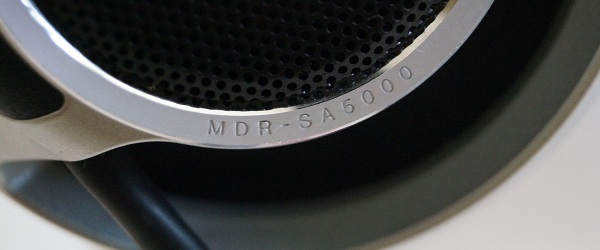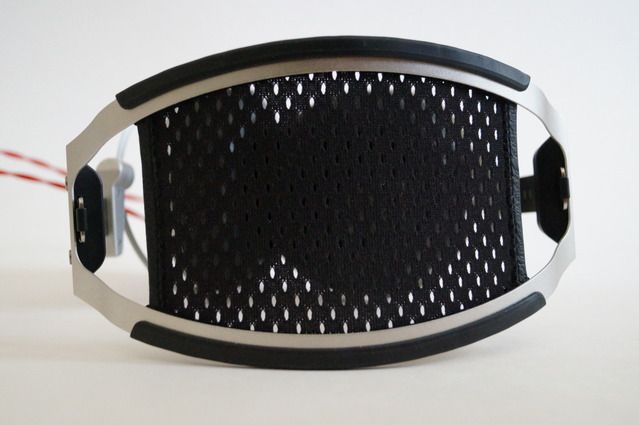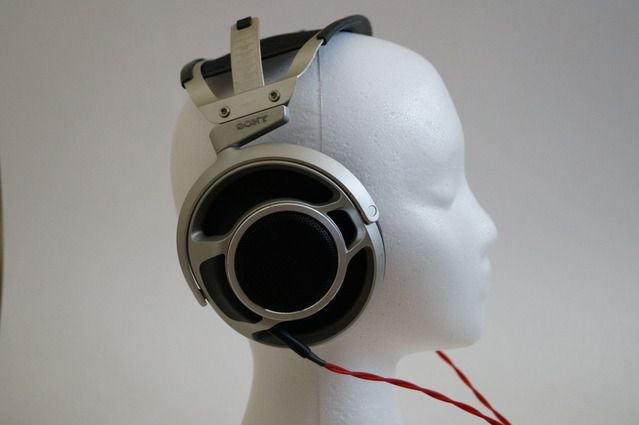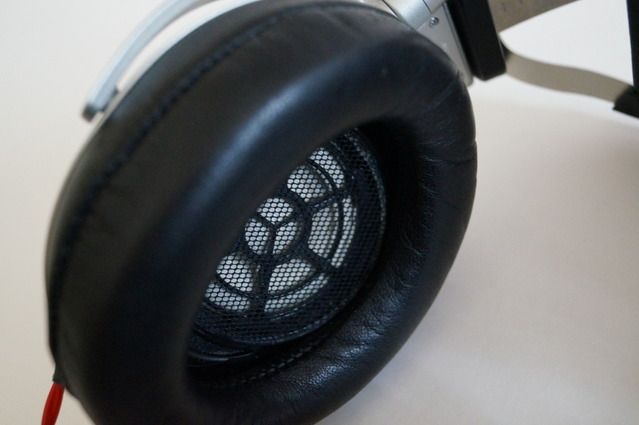Sony is known for making basically every type of electronic, from their Bravia TV’s, to their NEX cameras, to their VAIO computers, to their famous ES series audio components. One thing Sony isn’t exactly known for is making high end headphones—maybe some are familiar with the EX71 IEM’s from the last decade, or the XB series of headphones. However, Sony’s also dabbled in the higher end of the headphone industry with the wooden MDR-R10 and carbon fiber Qualia 010.
But Sony also has some triumphs that don’t cost as much as a used car. One brilliant headphone in particular is the MDR-SA5000, which is the headphone I’ll be gushing over today. This article is 2,050 words long, so I won’t be offended if you don’t read this all in one sitting. I’ll never know. Many, many thanks to my friend David Cappello for letting me borrow his SA5000’s for well over a month. It’s been a true pleasure. Since this particular pair of SA5000’s isn’t new, I don’t really have anything to say about packaging, since the SA5000’s just came bubble wrapped a few times over without the original packaging. I do know that if you buy a new SA5000, you get a spiffy box, a cool magnesium stand, and maybe an adapter.
There is one fault to the SA5000’s I should address before starting anything else: you will probably need to replace the cable at some point of time. It’s not because the cable’s particularly bad, but for some reason, I’ve seen a lot of cases in which their solder points fail. That must have happened to this pair, because they’ve been recabled (and balanced, but I’m not going to go into that because I don’t have a balanced amp). I don’t really know the specifics about the cable, but the wire’s copper.
Aside from that build issue, there really aren’t any other build problems. To be honest, I don’t think I’ve ever handled a nicer-feeling headphone at any price point. The entire headphone is made of magnesium, stainless steel, rubber, leather, fabric, and one piece of random plastic by the adjusters. That’s right, just one piece of very thick plastic. Take that, certain other headphone manufacturers. The earpads are leather, as far as I know, and quite angled, to supplement the already angled drivers. It’s clear that Sony really wants to emphasize a huge soundscape with these headphones.
I’ve always been a huge admirer of the SA5000, so I was as giddy as a schoolgirl when I was given the opportunity to try them, which, by the way, will not bias my review process in the least bit. One of the reasons I was so interested in the SA5000 is because it’s so polarizing. Some liked its cold, dry, and analytical sound signature, while others called it horrendous because it sounds lifeless and shrill. It kind of mirrors the opinions of the AKG K701, a headphone of which I’m personally not a fan of. But there was one bit of information that stood out: many have said the SA5000 sounds like a larger Etymotic ER4S, my favorite IEM, so I was determined totry it. Boy, was I surprised. 
The SA5000 was definitely not lifeless. Far from it; it was one of the most exciting sounding headphones I’ve ever heard! Exciting? I guess I should take some time to explain this, since “exciting” is an adjective most would never describe anything outside of sports. The second album I used to test the SA5000’s was Big Gigantic’s A Place Behind the Moon. Why would I listen to an electronic album with a cold-sounding headphone? Why wouldn’t I? “Cold” usually accompanies “fast” in terms of sound signature. What better way to test a headphone’s quickness than an electronic album with random transients? Granted, the album isn’t anywhere near “reference grade,” but I love it for the strange integration of a saxophone with bassy beats and random drum beats—there’s a lot of random bits going on throughout the entire album that a lot of my headphones stumble on. Plus it’s easily the most fun album I can think of. Of course, the SA5000 excelsin ways very few headphones can. It has the ability move you figuratively, and literally, in the case of this album. That itself is worth the price of admission…
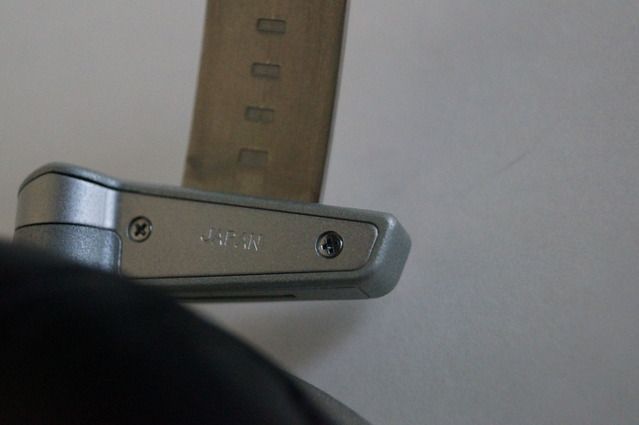
…with a few caveats. The SA5000 is very, very far from bassy. Its bass impact is about comparable to the Beyerdynamic DT48 and AKG K701. It’s definitely not sufficient for rap, hip hop, or most songs that focus on bass. Electronic is a strange outlier though. Even bassy electronic music sounds good with the SA5000 as long as you don’t focus only on the bass—you’ll probably be disappointed if that’s your focus. But you probably wouldn’t be looking at an SA5000 anyways if you were interested in bass. You might be better served at looking at another Sony product: the XB1000. The SA5000s also have some other problems. Rock music (Tool’s Ӕnima) sounded…almost unlistenable in comparison to the earlier albums. Somehow, the sense of rhythm that I loved in the Big Gigantic album was gone in this album.
Normally, I’d fault the album, but even after trying various other rock albums, the rhythm was still gone. In the five other rock albums I tried, the SA5000 managed to make them all somehow sound cacophonic. It was as if the SA5000 tried analyzing the music down to each breath, while dissecting the bass, drums, guitars, and anything else, and that’s hardly the point of rock music. If I had to take a guess as to why electronic music didn’t sound as bad, it’d be that the computer generated music leaves out possible micro details to analyze, while recorded music adds an extra dimension that the SA5000 needs to convey, and it ends up being too much, which effectively slows down the driver.
Another huge problem is that the vocals sounded much higher than I remember from other headphones—almost as if there was some helium in the air. I guess that lack of bass really shows here, which is a shame, because I expected much more based off my prior satisfaction. I was almost scared to try listening to classical music based off of my experience with rock, since classical obviously involves much more complexity than rock. I put on Mahler’s Symphony No. 2 and hoped for the best. Happily, the SA5000’s performed more than satisfactory. It actually performed better with classical than with electronic, which in retrospect isn’t much of a surprise, since Sony probably created the SA5000 specifically for jazz and classical fans, but it’s still nice to hear. The SA5000 definitely takes advantage of its very angled drivers with classical—it’s as if a mini orchestra is out in front of you! I was slightly worried about problems with the strings not being warm enough, but no need to fear! Double basses and cellos in fact sounded so realistic I couldn’t help but smile throughout.
As you’d be able to assume, any music that features brass or woodwinds, classical, jazz, or otherwise, is simply sublime thanks to the SA5000’s accentuated treble, which complements the instruments’ natural brightness, but not to the point where the instruments sound shrill, thankfully. The SA5000’s main flaw is that it’s quite specialized. It works its best with female vocals, classical, some jazz, some types of electronic, and somefolk—even folk is iffy. I say some because it seems the SA5000 is quite temperamental. If the song isn’t a good match for the SA5000, it will absolutely shred it, as was the case with far too much of my music. With all that blabbering, I’m not even sure if most of you even know how the dang thing sounds. Well here’s a nice breakdown:
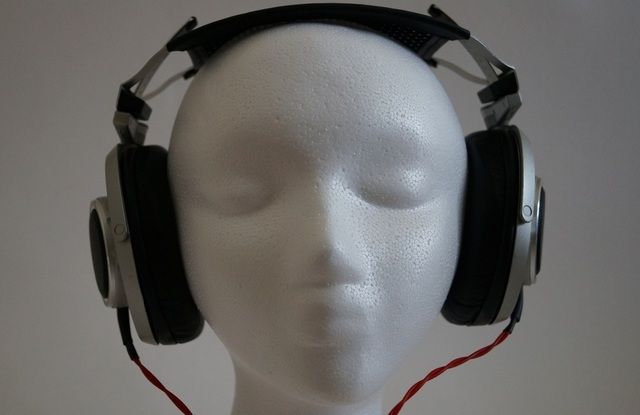
Let’s start from the bottom up. Bass is very much the SA5000’s weakness. It doesn’t go fantastically deep (40hz was the absolute lowest I could get), nor does it have all that much impact. It’s more than “good enough” for the genres it works best in, but in case you want to branch out a bit, it’d be best to reach for a different headphone. I tried listening to some pop music as an experiment (I don’t even really know what the songs were) and it wasn’t a very fun experience—bad music, bad lyrics, and…bad bass impact. It does adapt a little bit according to the recording, but JVC DX1000 it is not. Midrange is actually quite fantastic, no matter what genre of music you listen to.
It’s actually, to my ears, almost par with my Beyerdynamic DT48 if I plug the SA5000’s into a source that warms up the coldness, which is nothing short of fantastic, given that the DT48 is essentially a headphone that’s strictly midrange and nothing else. The only problem is that the SA5000’s huge presentation more often than not can wreak havoc on the rest of the sound, leaving the excellent midrange in the dark.
The SA5000’s treble is what initially worried me the most after reading that they were actually too bright for most. That wasn’t exactly the case for me, as I found the treble to be just about perfect, with microdetails abound. It’s actually more detailed than the more expensive (and more complicated) Hifiman HE500. It better be, since that seems to be the SA5000’s main goal. I could certainly see a lot of people thinking there’s too much treble though. I tried plugging them into a bright source (an EMU 0204) and it was nigh on unbearable.
Basically, if you’re sensitive to treble, a warm amp is almost a necessity. I haven’t tried them with a Zana Deux though, so that may be one neutral amp that the SA5000 thrives with. I never talked about soundstage did I? It’s a key part of what makes the SA5000 so special. You remember how angled everything is? That makes for a soundscape that is nothing short of epic. Their soundstage isn’t exactly huge, but the imaging is probably the best I’ve ever heard in a headphone. Better than the HE500, better than the DT48. Listening to classical music, I giggled more than a few times because I was able to mentally point out where certain instruments were playing. If I tried hard enough, I could point out the specific seat. Details are stunning, but perhaps too stunning. Unlike some other higher end headphones I’ve tried, the SA5000 seems to shove every detail possible into the limelight, which usually isn’t the best way to present the sound, but it’s an interesting change of pace nonetheless. If you haven’t heard enough new things in your music, you’ll probably get your fix with these.
To be quite honest, I really don’t know how to place the SA5000. It does many things so right, as I gushed about earlier, but it sounds so weird with most music and basically need a warm amp to tame their treble and normalize the midrange. Speaking for myself, I’m totally saving up for one for its very unique sound and performance with a lot of my music. However, it’s such a confusing headphone to describe that it’s really something that you have to listen to before you buy it. If you don’t have that luxury, buy used, and only if you aren’t afraid to lose some money reselling them if you don’t like them. Since the SA5000s are so polarizing, you can buy them for around $300, which is a bargain.
Well it’s a bargain if you have other headphones to compliment the SA5000s with. Trust me, it’d be hard to live with just the SA5000s. And a little addendum: how do y’all like the pictures? I’ve noticed that my old pictures stunk so I stepped up to a Sony A57 and a $1 piece of poster board for a white background. This SLR stuff is pretty interesting, and I haven’t even delved much. And some of you may have noticed that I haven’t written an article in a while. Life’s been a wild ride and I’ve mainly been focusing on my studies because my college fears have been looming for a while. Now that it’s summer, I don’t have too much to worry about. Keep watch for a lot more interesting things on the way!

